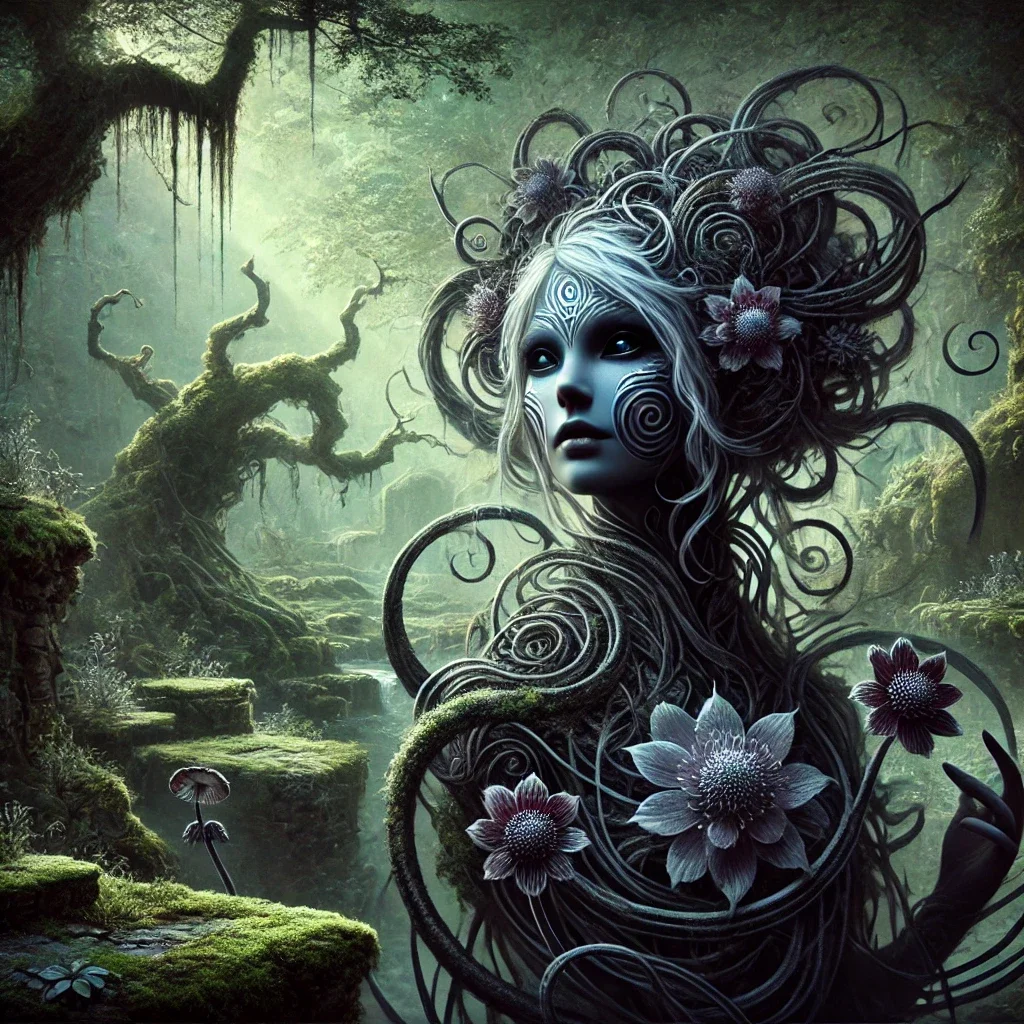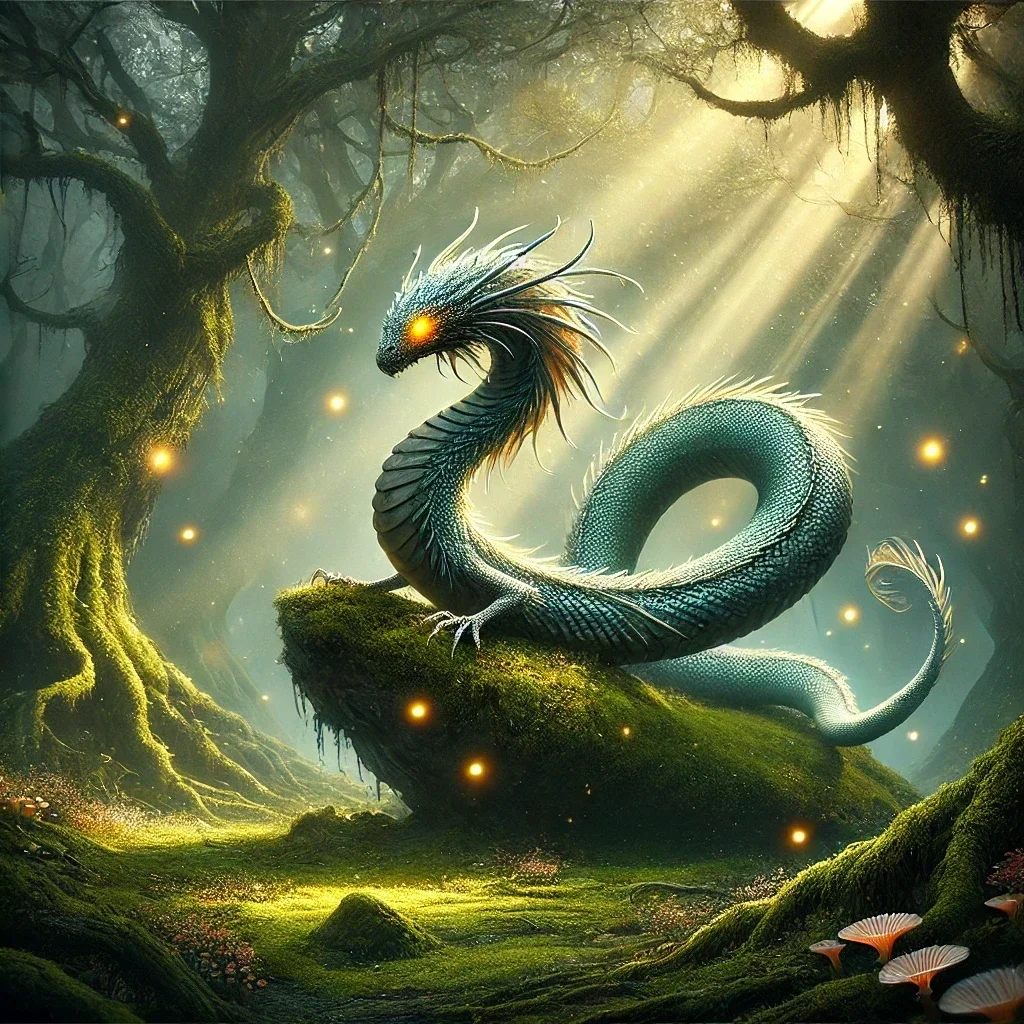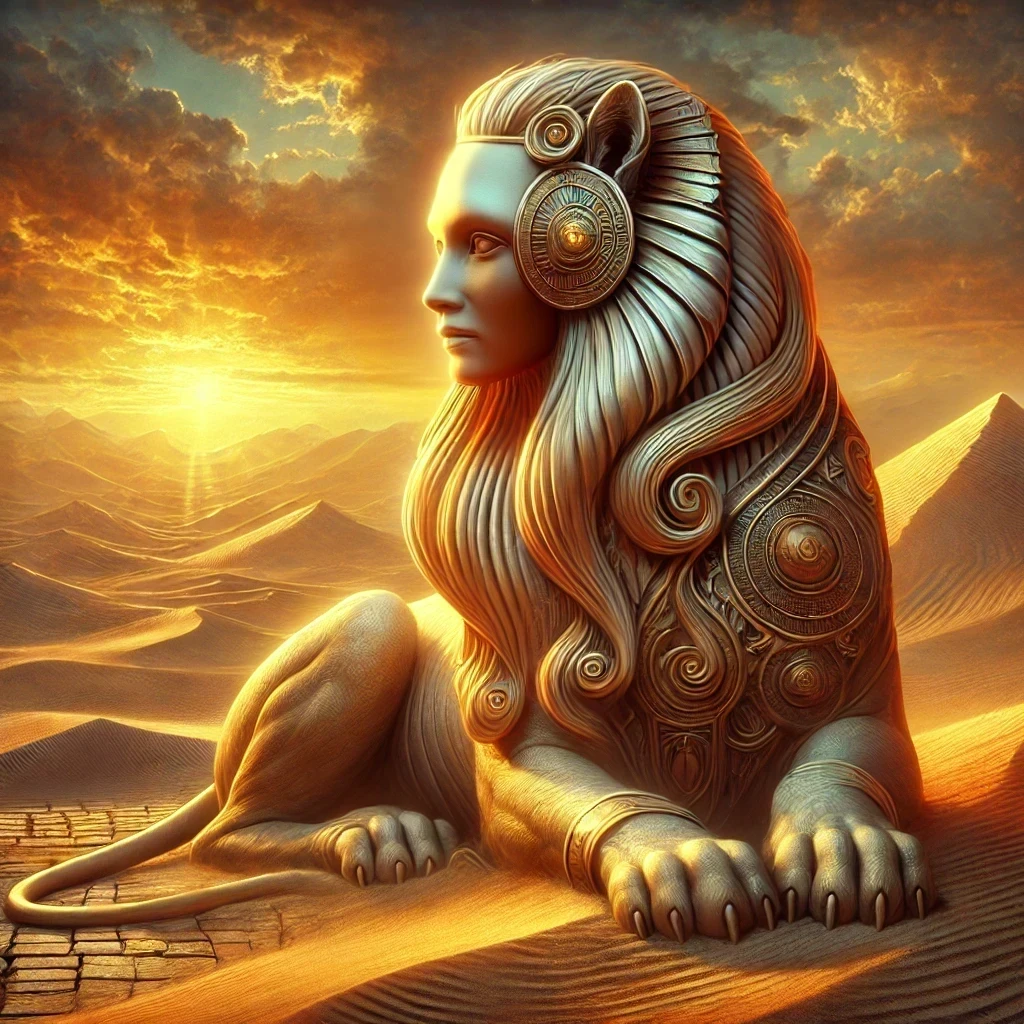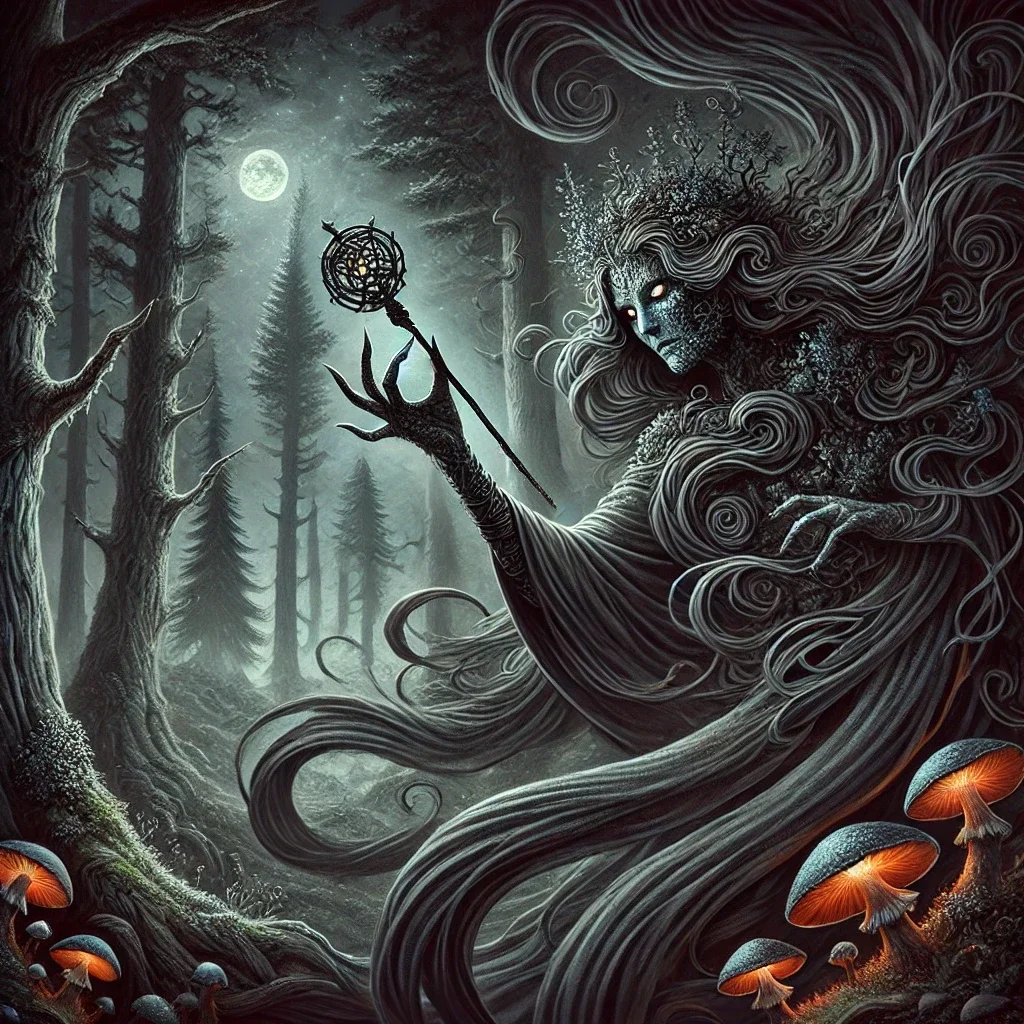The Alraune is a fascinating and enigmatic figure deeply rooted in ancient Germanic folklore. Often portrayed as a supernatural being with a plant-like form, the Alraune is shrouded in mystery, blending elements of magic, myth, and symbolism. Known for its connections to mandrake roots and dark rituals, this creature has captured the imagination of storytellers and mystics alike for centuries.
Historical & Cultural Background
The origins of the Alraune can be traced back to ancient Germanic cultures, where it was associated with the mandrake plant. Stories of this mystical creature likely began during the early medieval period when herbalism and mysticism were deeply intertwined. The Alraune was believed to be a spirit or being born from the mandrake root, a plant known for its human-like shape and alleged magical properties.
Evolution of Beliefs
In early Germanic and Norse traditions, the Alraune was viewed as a potent magical entity, capable of granting blessings or curses. Over time, these beliefs evolved, incorporating elements from Christian and medieval European folklore. The Alraune’s ties to witchcraft and alchemy grew stronger during the Renaissance, with the creature often depicted in grimoires as a powerful yet dangerous ally for those who sought forbidden knowledge.
Myths & Legends
The myths surrounding the Alraune are as diverse as the cultures that revered it. In one prominent tale, the Alraune is said to be born when the mandrake root absorbs the blood of a hanged man. The plant’s eerie human shape and supposed scream when uprooted further fueled its mythical status.
Regional Variations
- Germany: The Alraune was often depicted as a female figure with plant-like features, serving as a talisman for wealth and fertility. However, mishandling the creature could lead to misfortune.
- Northern Europe: Here, the Alraune was sometimes associated with forest spirits, blending its myth with tales of dryads and nymphs.
Symbolism & Meaning
The Alraune holds complex symbolic meanings across different societies. It is often seen as a dual symbol of life and death, fertility and decay. This duality stems from its origins in the mandrake root, a plant associated with both healing properties and dark rituals.
Cultural Interpretations
- Protective Talisman: In some cultures, the Alraune was believed to bring prosperity and protection to its owner, provided it was treated with care and respect.
- Omen of Misfortune: Conversely, mishandling or neglecting the Alraune could result in bad luck or even death, emphasizing its role as a capricious and dangerous entity.
The creature’s humanoid appearance also influenced its symbolic status, often linking it to themes of transformation, magic, and the blurred line between human and nature.
Associated Environments or Ecosystems
The Alraune is most commonly associated with dark, mystical forests and remote, untamed landscapes. These environments are often depicted as the creature’s natural habitat, reflecting its connection to nature and the arcane.
Sacred and Forbidden Places
- Mandrake Fields: Legends often describe specific locations where mandrakes, and by extension Alraunes, could be found. These places were considered sacred and often forbidden to ordinary people.
- Forests of Northern Europe: Dense, ancient woods were seen as the dwelling places of Alraunes, adding to their mystique and allure.
Powers & Abilities
The Alraune is attributed with a range of supernatural abilities, making it a sought-after yet dangerous entity in folklore.
Magical Powers
- Healing and Fertility: The Alraune was said to have the power to heal ailments and enhance fertility, making it a prized possession for herbalists and mystics.
- Curses and Misfortune: On the flip side, the creature could also bring calamity and curses to those who mistreated it.
Defensive and Offensive Traits
- Sonic Screams: Legends describe the mandrake’s scream as deadly to anyone who hears it, a trait often attributed to the Alraune.
- Enchantment: The Alraune could allegedly enchant or beguile those who encountered it, luring them into danger.
Interactions with Humans & Cultural Impact
The Alraune’s interactions with humans are a blend of fear, reverence, and exploitation. From alleged sightings to its role in rituals, the creature has left a lasting impact on cultural traditions and popular imagination.
Folktales and Rituals
In medieval Europe, the Alraune featured prominently in folk tales as both a boon and a bane. Stories often revolved around its capture and the perilous consequences of using it for selfish purposes.
Modern Pop Culture
The Alraune continues to inspire modern media, appearing in movies, games, and literature. Its mysterious and dual nature makes it a compelling figure in fantasy and horror genres.
Connections to Other Creatures
The Alraune shares similarities and connections with various mythical beings, highlighting its place within a broader mythological framework.
- Mandrake Spirits: Closely tied to the mandrake plant, the Alraune is often seen as a personification of the plant’s mythical properties.
- Dryads and Nymphs: In some interpretations, the Alraune is likened to forest spirits, blending its lore with that of dryads.
Interesting Facts & Curiosities
- The name “Alraune” derives from the Old High German word “alruna,” meaning “secret” or “mystical being.”
- Some medieval grimoires included detailed instructions on how to safely harvest a mandrake root without succumbing to its deadly scream.
- In some legends, Alraunes were believed to cry tears of gold, further adding to their allure.
- The Alraune was often kept in a special box and fed milk or honey to maintain its powers.
- Certain alchemists claimed the Alraune could reveal hidden knowledge or grant prophetic visions.
- During the Renaissance, the creature’s lore became intertwined with that of witches and their familiars.
- Some stories describe the Alraune as a guardian spirit, protecting its owner from harm.
- The creature’s association with fertility made it a symbol for agricultural prosperity in some cultures.
- The Alraune’s influence extends to modern video games and fantasy novels, where it is often reimagined as a magical plant-being.



